Climate Change is Changing Host-Parasite Relationships
By Brian Cervantes Alvarez, Willa Van Liew, Hans Lehndorff
A study was conducted to identify whether temperature affects the toxicity of pesticides
The study was developed from these concerns:
-
The global temperature increase might cause:
-
Increased transmission
-
Decreased transmission
-
-
Pesticides that are used to deal with those parasites are not being tested in different temperatures settings.
-
Does temperature affect the toxicity of pesticides?
Pesticides used on the cercariae tadpoles
Atrazine Herbicide
Azoxystrobin Fungicide
Carbaryl Insecticide
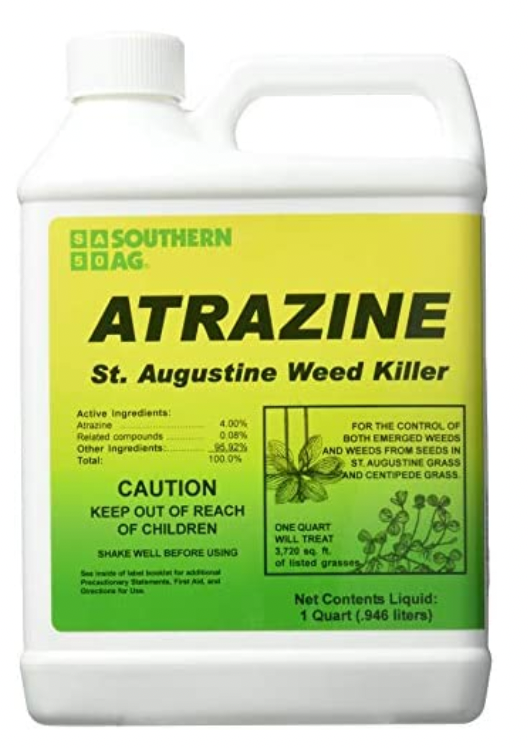
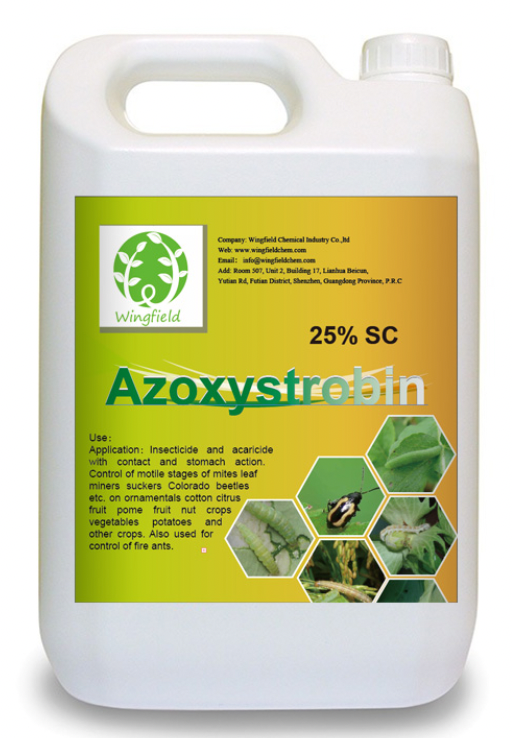
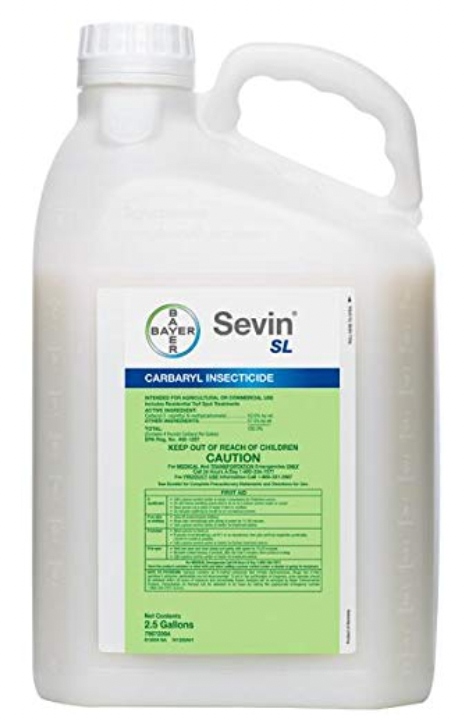
Observing the cercariae of trematode Echinostoma trivolvis
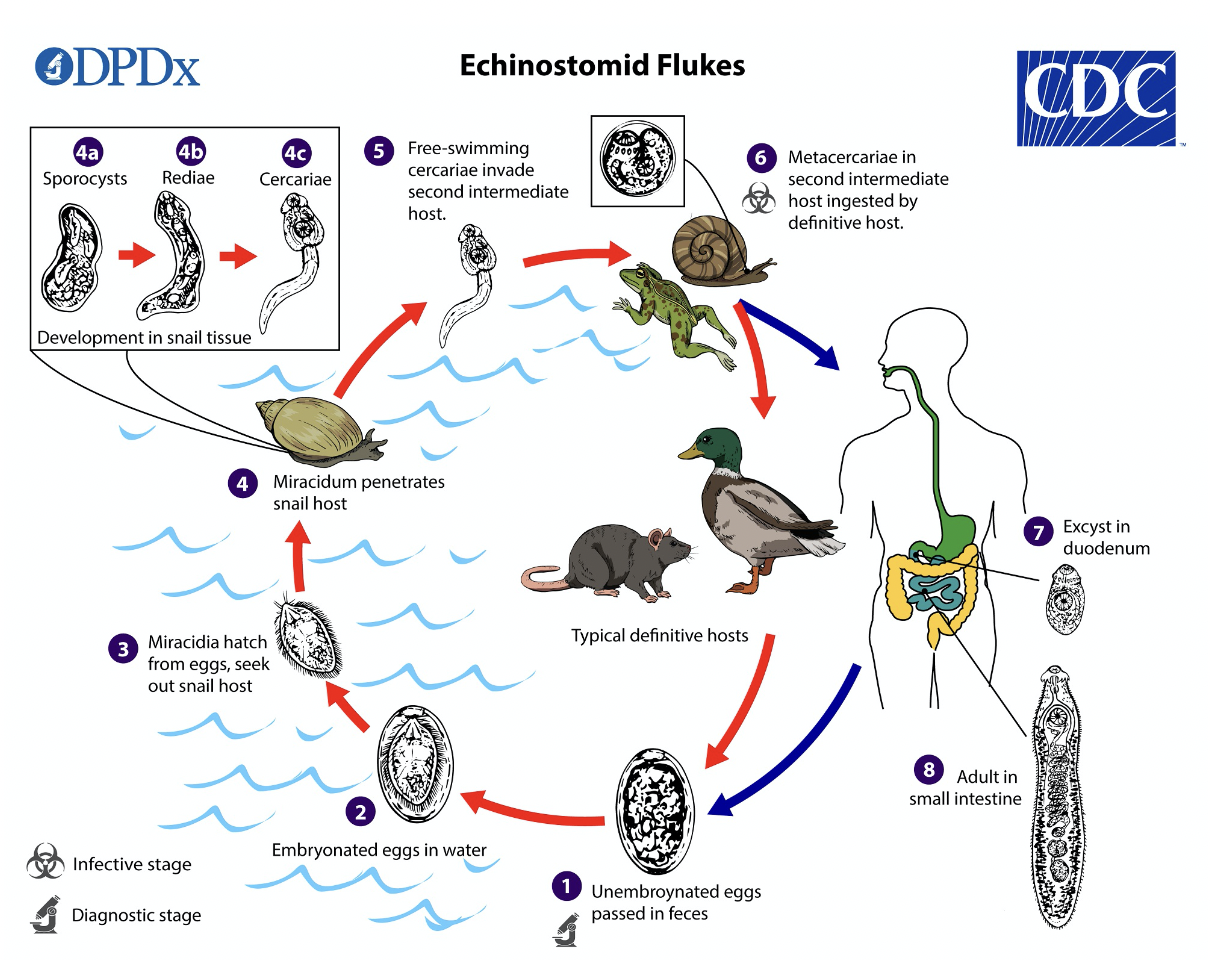
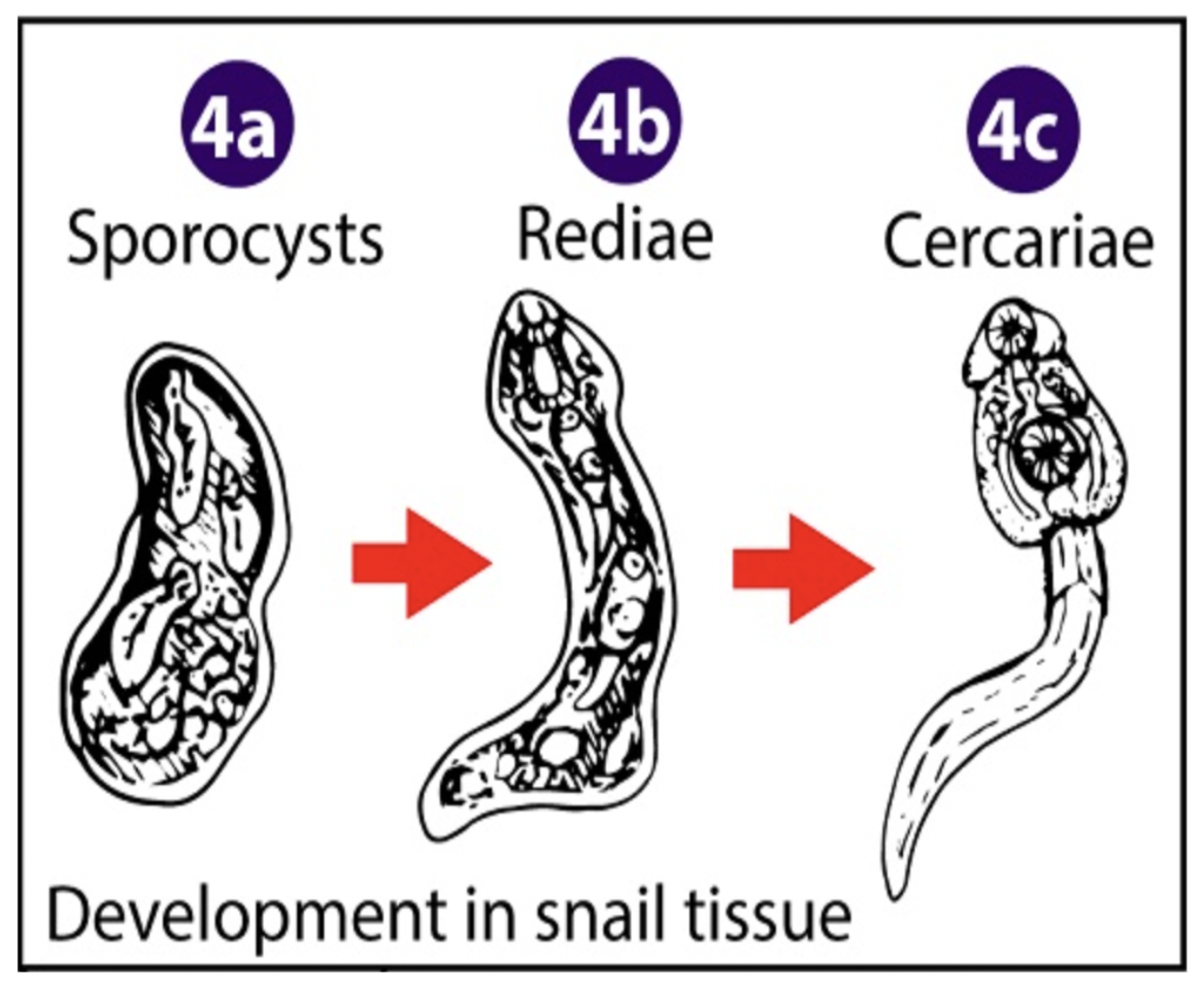
Experiment AND Data Collection
Methodology
Prepared a sample of 1,076 cercariae tadpoles.
-
Use fixed temperature of [TEMP]
-
Tested [NAME] pesticide
-
Apply various concentrations to tadpole groupings.
-
Repeat previous steps with next pesticide [NAME].
-
-
Record the Status and TTKD of each tadpole in group.
-
Repeat steps 1 & 2 with next [TEMP]
Key data
Id: unique identifier for each parasite
Temp: temperature of the water
Detected_conc: concentration of pesticide
TTKD : Time to ‘knockdown’
Status: Was tadpole knocked down?
Pesticide: Pesticide in test
Did the time to death of the parasites differ significantly by temperature for each pesticide?
Survival Curve For PESTICIDE ATRAZINE

CODE USED FOR SURVIVAL ANALYSIS CuRVE OF ATRAZINE
at3 = ds %>%
filter(pesticide == "atrazine")
at3sf = survfit(Surv(at3$TTKD, at3$status)~at3$temp)
atrazine = ggsurvplot(fit = at3sf,
data = at3,
legend = "bottom",
palette = "Dark2",
risk.table = F,
legend.labs = c("18°C","24°C", "30°C"),
conf.int=F,
surv.median.line="hv") +
labs(title = "Survival Rate with Atrazine",
x = "Time in Hours")
atrazine
survdiff(Surv(at3$TTKD, at3$status)~at3$temp)Survival Curve For PESTICIDE Azoxystrobin

CODE USED FOR SURVIVAL ANALYSIS CuRVE OF Azoxystrobin
at1 = ds %>%
filter(pesticide == "azoxystrobin")
at1sf = survfit(Surv(at1$TTKD, at1$status)~at1$temp)
azoxystrobin = ggsurvplot(fit = at1sf,
data = at1,
palette = "Dark2",
legend = "bottom",
legend.labs = c("18°C","24°C", "30°C"),
risk.table = F,
conf.int=F,
surv.median.line="hv") +
labs(title = "Survival Rate with Pesticide Azoxystrobin",
x = "Time in Hours")
azoxystrobin
survdiff(Surv(at1$TTKD, at1$status)~at1$temp)Survival Curve For PESTICIDE Carbaryl

CODE USED FOR SURVIVAL ANALYSIS CuRVE OF Carbaryl
at2 = ds %>%
filter(pesticide == "carbaryl")
at2sf = survfit(Surv(at2$TTKD, at2$status)~at2$temp)
carbaryl = ggsurvplot(fit = at2sf,
data = at2,
palette = "Dark2",
legend = "bottom",
legend.labs = c("18°C","24°C", "30°C"),
risk.table = F,
conf.int=F,
surv.median.line="hv") +
labs(title = "Survival Rate with Carbaryl",
x = "Time in Hours")
carbaryl
survdiff(Surv(at2$TTKD, at2$status)~at2$temp)Pesticide vs. Temperature
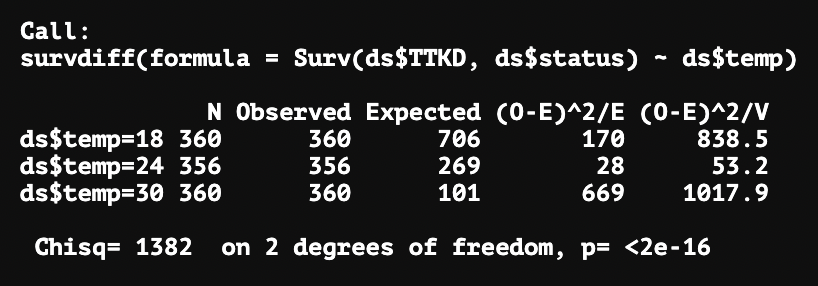
Survival Difference In TEmperature

Survival Difference in Pesticides
Conclusion
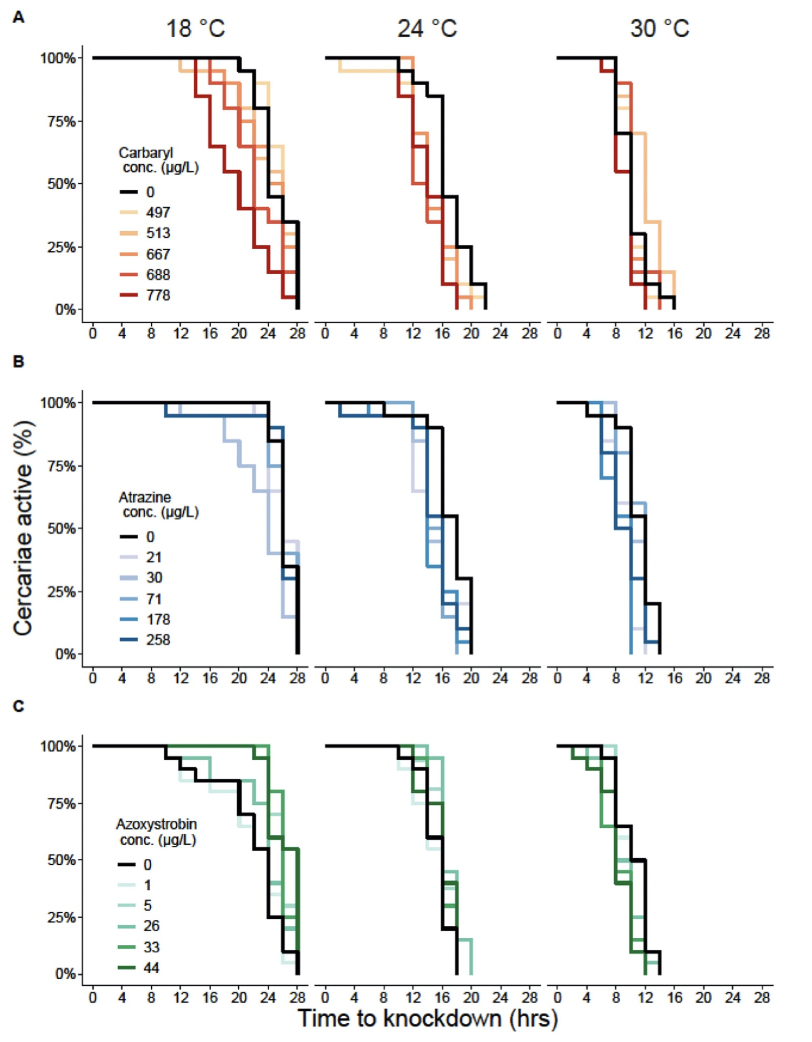
Main findings were:
- a strong effect of temperature across all pesticide trials – higher temperatures caused cercariae to cease swimming activity earlier.
- The pesticides were directly toxic to cercariae to some degree.
- Important to conduct toxicity studies at multiple temperatures
Original Study: https://purr.purdue.edu/publications/3933/1